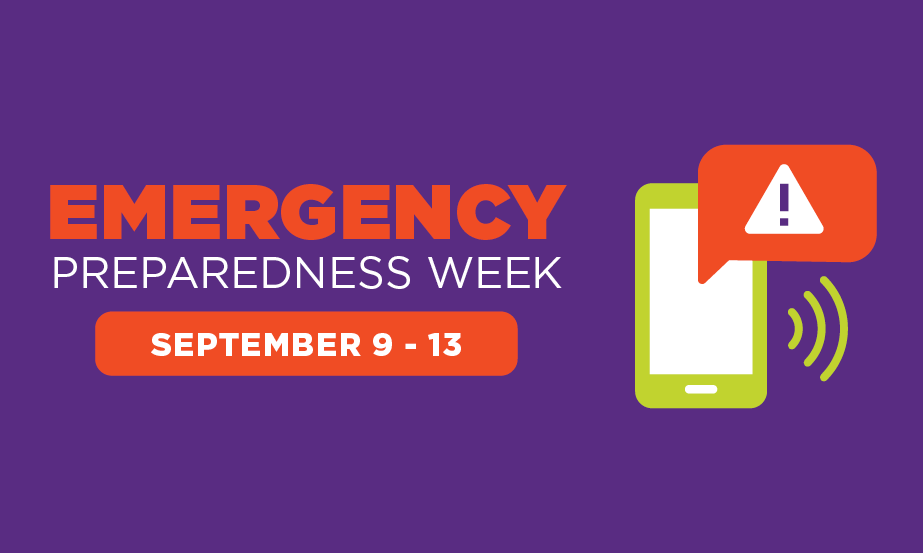
Austin Community College District (ACC) hosts Emergency Preparedness Week during the third week of every semester. Get to know what you can do during an emergency on campus during Emergency Preparedness Week. From September 9 through 13, the College will share safety tips and advice and will conduct safety drills at campuses across the District.
“Being prepared for an emergency is essential for everyone on campus. The College is taking new steps to ensure that everyone feels safe and secure while here,” says Dr. Mike Garcia, ACC ACC’s Executive Director of Regulatory Affairs. “We encourage all members of the ACC community to familiarize themselves with the updated procedures and learn how to react in any situation. Knowing what to do in an emergency can make all the difference, and we’re committed to providing the resources and support needed to keep everyone safe.”
Campus Drills
Drills are scheduled at campuses throughout the week. You can get prepared ahead of time by reviewing our emergency egress plans. This special map is designed to help you find campus exits and alternate routes. You can also find special rally points at each campus. These are areas you’ll want to go to in the event of an evacuation.
Emergency Alert System Test
On Wednesday, September 11, ACC will test its Emergency Alert System. Now is the time to make sure your emergency contact information is up to date. During the test, you’ll receive warning messages through text and email.
To get ready, verify or update your contact information. Emergency message boards and PA speakers around campus also may be activated and a test message will be posted on the ACC website and on the District’s Facebook page.
Any message from our Emergency Alert System will display as “ACC Emergency Alert.” We recommend you create or update the entry in your phone’s contacts list with the following information: 226787, 67283, 78015, 81437 (enter these “short codes” as individual phone numbers) and [email protected] OR [email protected] (if your phone doesn’t receive short codes).
Prepare Today for EPW
Below are simple steps you can take now to get ready for the semester ahead.
- View the ACC Emergency website for detailed information about various types of emergencies.
- Get connected to ACC on social media. Most emergency alerts that are distributed through our Emergency Alert System also are posted to the college’s homepage and its Facebook page.
- Know the Emergency Egress Plan. Maps are posted on every campus and in classrooms to identify emergency exits, Areas of Rescue Assistance, Automated External Defibrillators, shelter-in-place locations in the event of severe weather, and evacuation rally points.
- Learn ACC’s 5 Safety Actions. These actions are uniquely designed to address specific emergency scenarios
- Hold: “In Your Room or Area” | During a Hold, individuals are instructed to remain in their current room or area until further notice, ensuring that hallways are free for emergency responders or to isolate a specific area.
- Secure: “Get Inside. Lock Outside Doors” | The Secure protocol directs everyone to get inside and lock exterior doors to prevent potential threats from entering the building while maintaining a safe environment inside.
- Lockdown: “Locks, Lights, Out of Sight” | Lockdown protocol asks occupants to lock their doors, turn off lights, and remain out of sight, making it difficult for intruders to find them.
- Evacuate: “Get Out” | The Evacuate directive, which may be followed by a specified location, is used to move people from one area to another, either within the building or outside, for swift and orderly evacuation in case of fires, chemical spills, or other emergencies.
- Shelter: “State the Hazard and Safety Strategy” | For situations like severe weather or hazardous material incidents, the Shelter protocol is activated. The specific hazard and corresponding safety strategy are clearly communicated to ensure appropriate protective measures are taken.
For more information on ACC’s emergency response and procedures, visit austincc.edu/emergency.
Tags: Emergency Preparedness Week
Back to Top
